By FinchD
Photography: Courtesy ANLAssociates
Read Time: 3 mins
 |
| . |
Conservation Architect Abha Narain Lambah restores the 1916 Royal
Opera House, Mumbai, to its erstwhile grandeur...
The exalted theatre, designed by Maurice E Bandmann and Jehangir Framji Karaka with an aim to create a
space for live performances, held its first performance on 16th
October 1911, to coincide with the visit of King George V and Queen Mary to
Bombay. Ceding
to the rise of cinema, the theatre eventually transformed into a single-screen
cinema house, and underwent massive renovations, until its ultimate closure in
the 1990s.
Archival photos
from Territorials in India, have
aided in disclosing the idiosyncrasies of the style of the original structure. The
façade as well as the interiors manifest characteristics of the English Baroque
manner, a derivative of the widely disseminated Baroque style of architecture.
Unlike its European counterparts, the former leans towards clarity of design
and Classicism, as is evident in the design of its façade; divided along the
vertical axis, typically seen in Renaissance buildings.
The deified front façade is adorned with a carved pediment, a detailed
frieze, Corinthian pilasters, coloured glass fanlights, decorative architraves and
cornice bands; while the opulent interiors are characterised by Italianate balusters,
timber panelled and louvered doors, timber awnings, cast iron railings, and ornate
sculptures.
Other characteristic features of the style include motion,
chiaroscuro, and a fusion of the different art forms within itself, exemplified
with the use of dynamic sculptures, fountains, paintings, and frescoes that
make this - India’s only surviving Opera House truly spectacular.
The erstwhile wooden boxes typical of the Opera; the flooring of original
Minton tiles; plasterwork, chandeliers, stained glass canopies and windows, are
all painstakingly restored. Bevelled mirrors referencing the mirrored interiors
of yore are reinstated, and the entrance domes of the lobby decorated with
paintings of famous personalities; the archetypal colour palette of red white
and gold augment the grandeur and greatly amplify the dramatic experience of an
Opera-goer.
Besides ensuring
the structural integrity of the building and rehabilitating the elements to its
historic accuracy, the state-of-the-art theatre has modern amenities, excellent
acoustics and the proficiency to combat the building returning to a state of
dereliction.
Originally a Grade II building, it is now being proposed to be
upgraded to a Grade I heritage structure and aspires to be the city’s foremost
centre for culture and drama. The theatrical persona of the Opera House is
indeed a reflection of the performances it is designed to conduct!

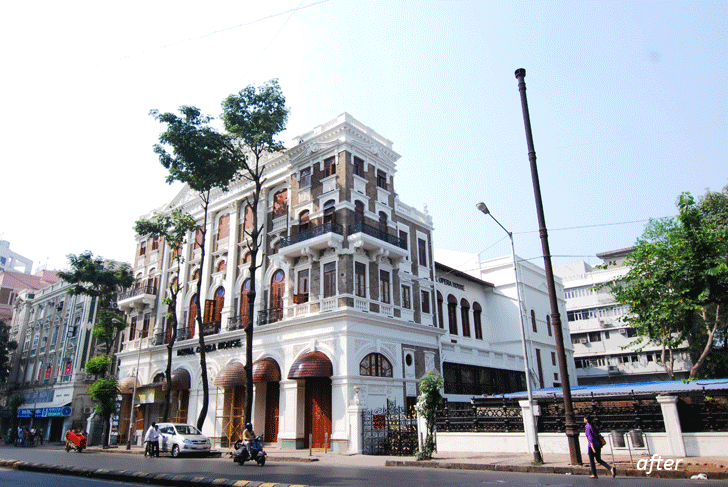
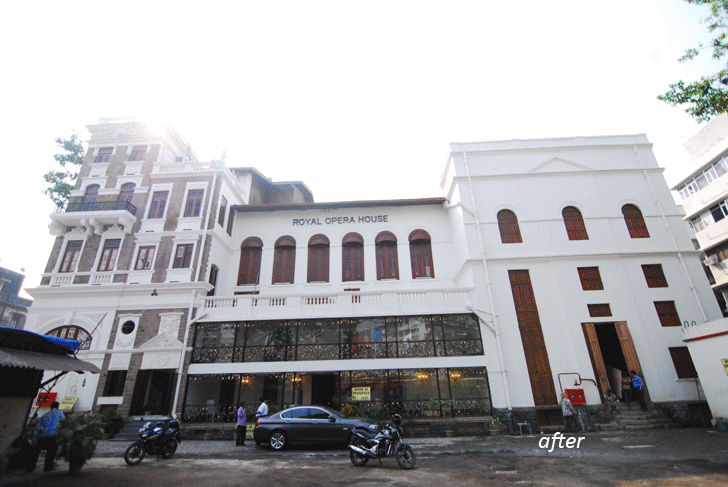
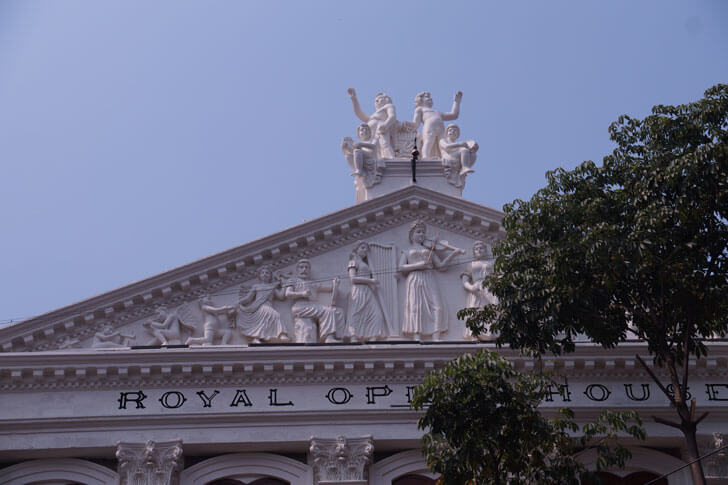
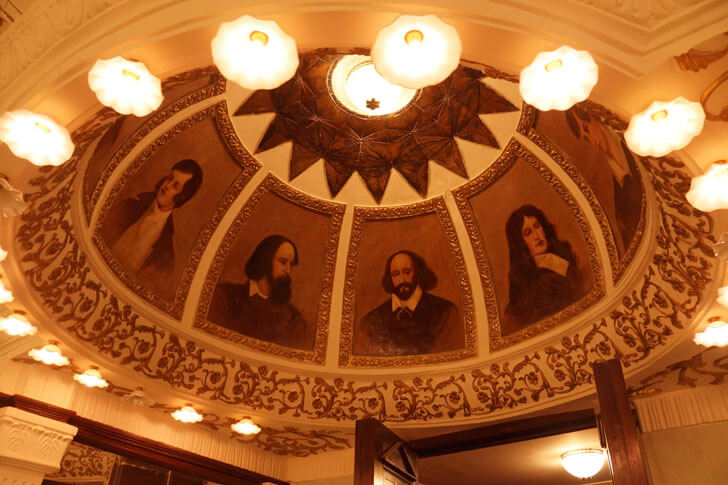
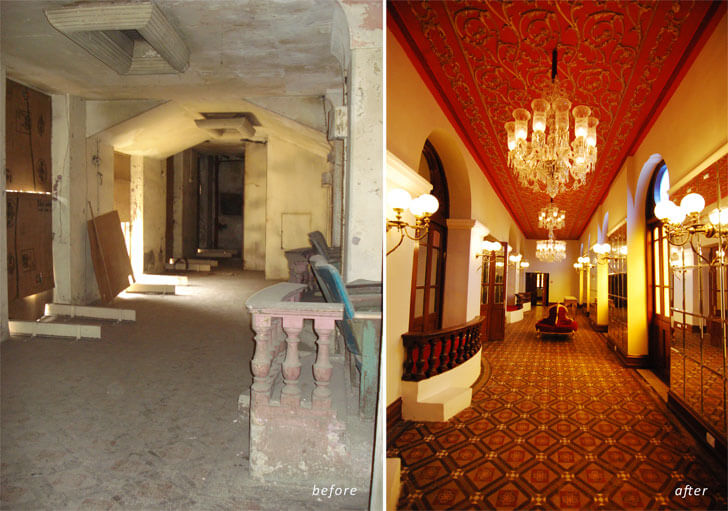
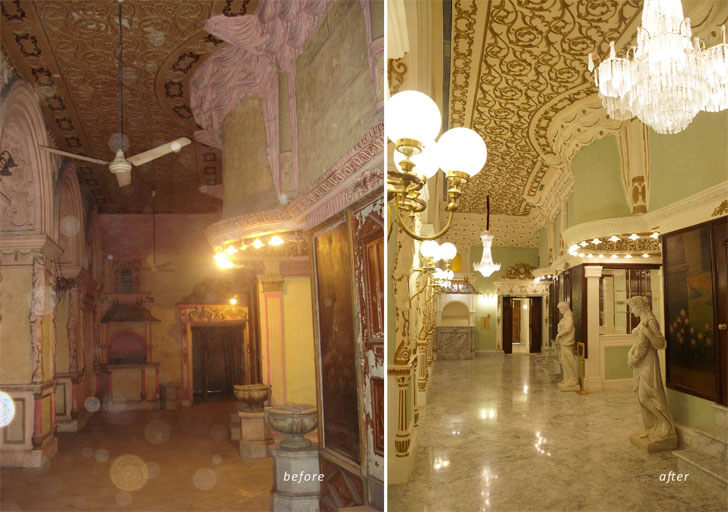
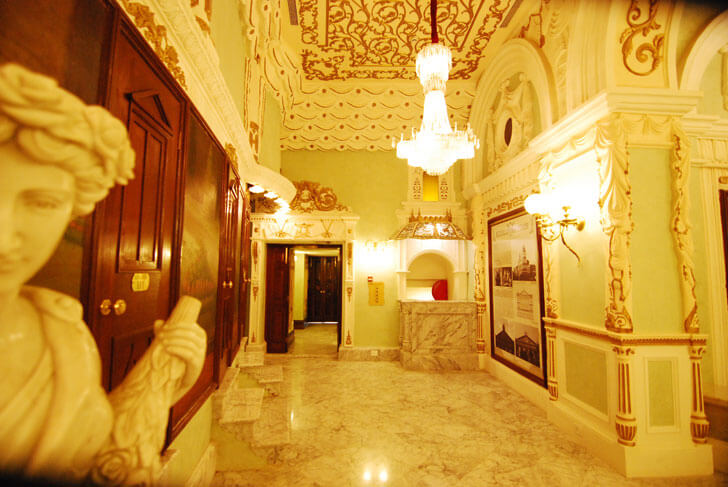
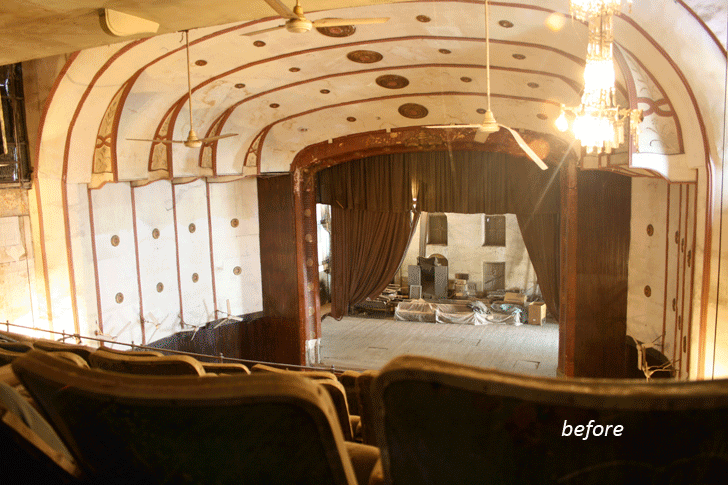
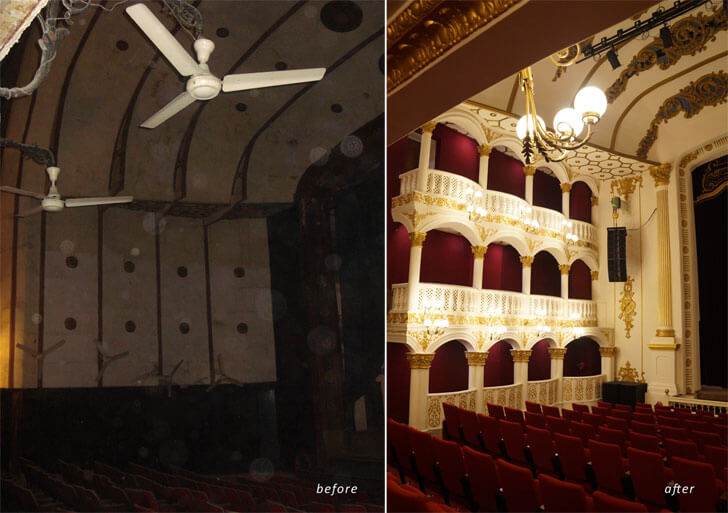

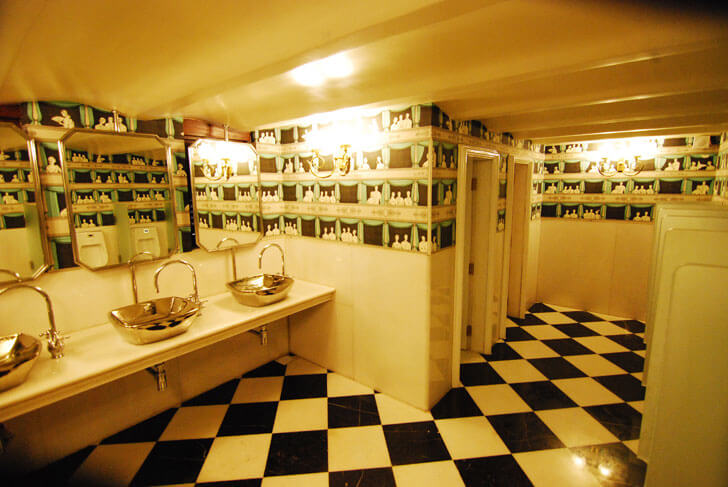
Great job for publishing such a beneficial web site. Your web log isn’t only useful but it is additionally really creative too. There tend to be not many people who can certainly write not so simple posts that artistically. Continue the nice writing
ReplyDelete